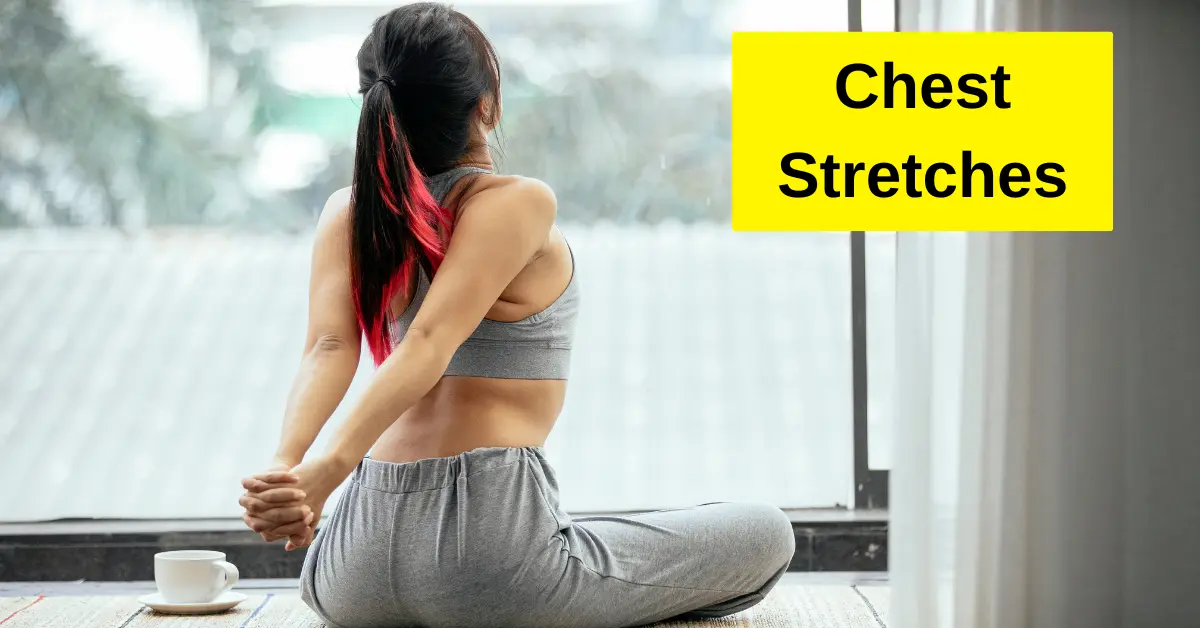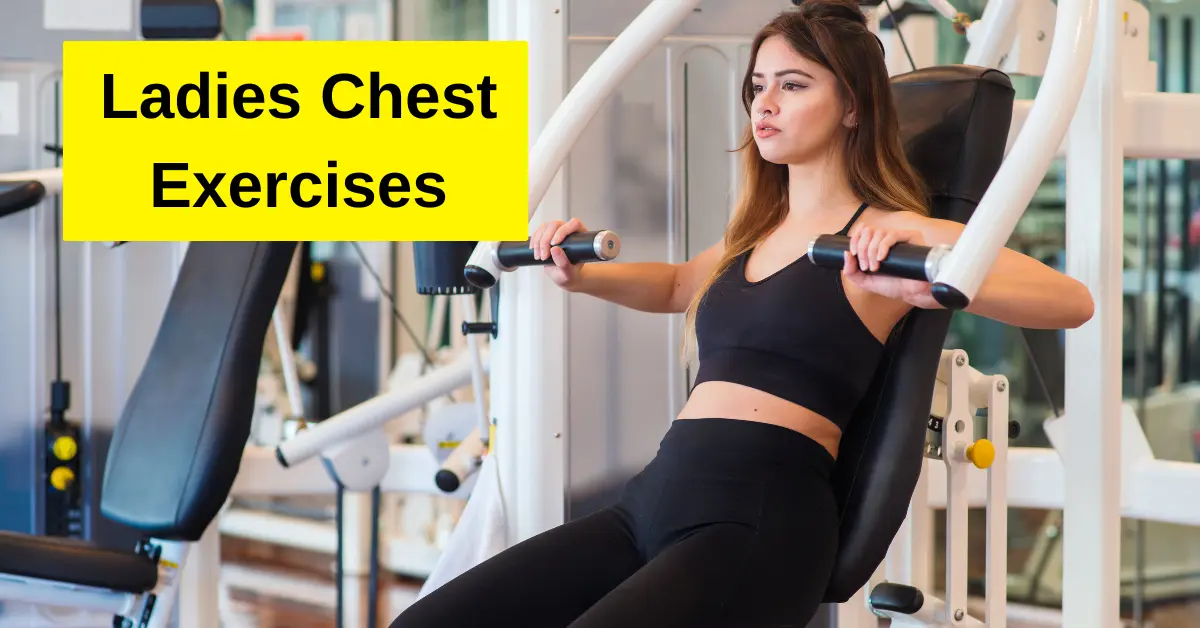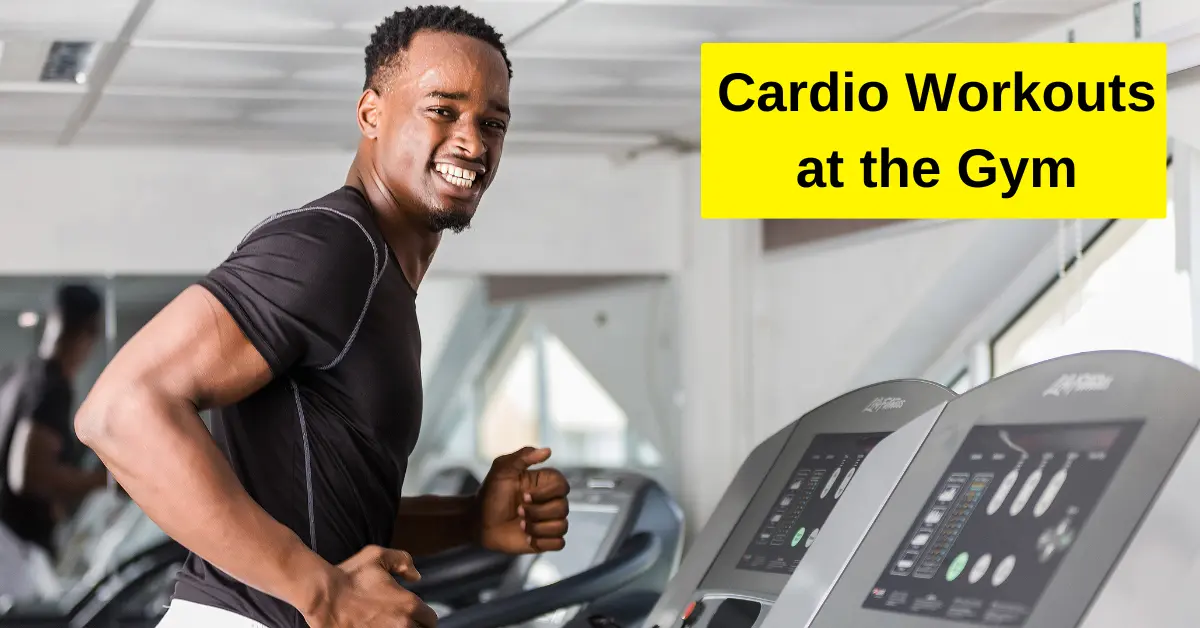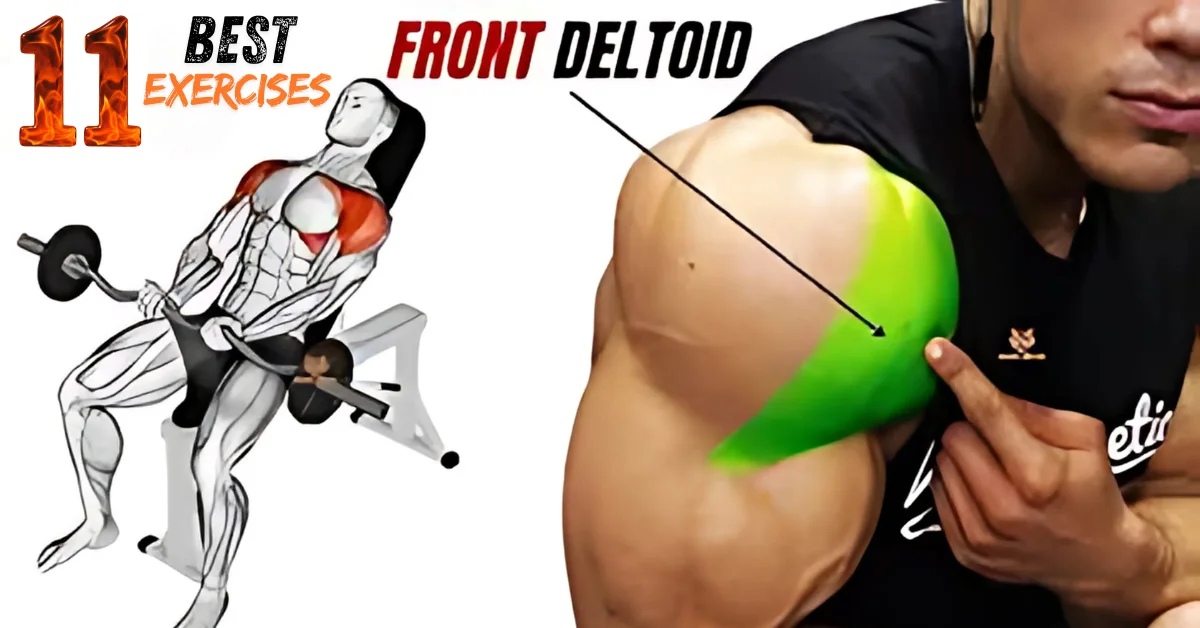Why Do Bodyweight Exercises Matter?
In the world of fitness, bodyweight exercises at home have emerged as one of the most effective and accessible ways to build strength, improve endurance, and burn fat—without the need for expensive gym memberships or equipment. Whether you’re a beginner or an experienced athlete, bodyweight workouts offer incredible benefits, from enhancing mobility and flexibility to improving functional strength and aiding in fat loss.
One of the biggest advantages of bodyweight training is its versatility—you can work out anywhere, anytime, without any restrictions. Unlike weightlifting, which relies on external resistance, bodyweight workouts use your own body as resistance, challenging your muscles in a natural, controlled way. According to fitness experts, “Your body is the best gym you have. Learning how to move it efficiently is the key to long-term strength and health.”
Additionally, bodyweight workouts can be customized to fit any fitness level. Whether you want to increase muscle endurance, burn calories, or develop functional strength, there’s a bodyweight routine for you.
👉 Check out the Best Bodyweight Exercises for Weight Loss to explore fat-burning movements you can start today!
Full-Body Bodyweight Exercises
When it comes to strength and endurance, full-body bodyweight workouts are among the most effective ways to enhance overall fitness. These workouts engage multiple muscle groups at once, improving coordination, functional strength, and endurance while burning a high number of calories.
Unlike isolation exercises that target a single muscle, full-body bodyweight training focuses on compound movements such as push-ups, burpees, planks, and squat jumps, which simultaneously work your upper body, core, and lower body. According to strength coaches, “A well-structured bodyweight routine can mimic the effects of weight training, helping you build lean muscle and endurance without external resistance.”
Here’s a comparison of full-body bodyweight exercises vs. gym-based strength training:
| Feature | Full-Body Bodyweight Training | Gym-Based Strength Training |
|---|---|---|
| Equipment Required | None | Dumbbells, barbells, machines |
| Functional Strength | High | Moderate |
| Calorie Burn | High (engages multiple muscles) | Moderate |
| Accessibility | Anywhere, anytime | Requires gym access |
| Injury Risk | Lower (natural movement patterns) | Higher (improper weight use) |
A great way to incorporate full-body bodyweight workouts is by using CrossFit-style training, which includes a combination of high-intensity movements to improve both strength and endurance.
👉 Check out Bodyweight CrossFit Workouts to learn how to create a structured, full-body training routine that challenges your endurance and strength.
Upper Bodyweight Exercises
Building upper body strength using bodyweight exercises is not only possible but highly effective. Whether you want stronger arms, a bigger chest, or a defined back, there are plenty of bodyweight movements that can help you achieve your goals. Unlike weightlifting, which relies on external resistance, bodyweight exercises require you to manipulate your body’s leverage, making movements harder or easier depending on your positioning.
According to fitness trainers, “Mastering bodyweight movements like push-ups, dips, and pull-ups builds foundational strength that translates to every other aspect of fitness.” Below, we break down key upper-body muscle groups and the best bodyweight exercises to train them.
1. Chest and Arms: Best Bodyweight Exercises for Chest, Triceps, and Biceps
The chest and arms are primarily worked through pushing movements, such as push-ups, dips, and variations of planks. These exercises strengthen the pectorals, triceps, and biceps, helping you build muscular endurance and upper-body power.
✅ Best Exercises:
- Push-ups (Standard, Diamond, Wide-Grip) – Targets chest, shoulders, and triceps.
- Dips (Chair/Bench Dips) – Engages triceps and lower chest.
- Pike Push-ups – A great transition to overhead pressing movements.
👉 Check out Bodyweight Bicep Exercises with No Equipment to build stronger arms without weights.
2. Shoulders & Rear Delts: How to Build Strong Shoulders Without Weights
Shoulder strength is essential for upper body stability, posture, and athletic performance. Many people believe you need weights to build shoulder muscles, but bodyweight training can effectively develop them.
✅ Best Exercises:
- Handstand Push-ups (Against a Wall for Support) – Advanced movement for full shoulder engagement.
- Plank to Downward Dog Push-ups – Work the shoulders dynamically.
- Rear Delt Swimmers & Reverse Planks – Activates rear deltoids for a balanced shoulder workout.
👉 Check out the 10 Best Bodyweight Shoulder Exercises to build stronger shoulders without equipment.
👉 Read Rear Delt Bodyweight Exercises for rear shoulder and posture development.
3. Back Strength & Grip Power: Key Bodyweight Movements for a Stronger Back and Grip
A strong back improves posture, prevents injuries, and enhances overall athletic performance. Pulling exercises are essential for back strength, but many people struggle with them due to limited access to equipment. Fortunately, there are effective bodyweight back exercises that require no pull-up bar.
✅ Best Exercises:
- Superman Hold & Superman Pulls – Engage the entire posterior chain, including the lower back.
- Reverse Snow Angels – Strengthen the upper back and rear delts.
- Towel Rows (Using a Door or Table Edge) – Mimics the motion of pull-ups without a bar.
👉 Check out the 10 Best Bodyweight Exercises for Back Strength to target all major back muscles.
👉 Read Top Bodyweight Forearm Exercises for Grip to improve grip strength.
4. Pull Movements for Upper Body Strength
One of the biggest challenges with bodyweight training is the lack of pulling resistance. Unlike push-ups, which can be done anywhere, pulling movements require some form of grip resistance. However, there are several creative solutions to train pulling strength without gym equipment.
✅ Best Exercises:
- Inverted Rows (Under a Table or Using a Towel) – A substitute for pull-ups.
- Isometric Hangs (Using a Door Frame) – Builds grip and arm endurance.
- Archer Push-ups – Mimics a unilateral pulling movement.
👉 Check out Bodyweight Pull Exercises for more pull-focused bodyweight workouts.
Comparison: Push vs. Pull Bodyweight Exercises
| Feature | Push Movements (Chest, Triceps, Shoulders) | Pull Movements (Back, Biceps, Grip) |
|---|---|---|
| Examples | Push-ups, Dips, Pike Push-ups | Inverted Rows, Superman Pulls, Towel Rows |
| Primary Muscles Worked | Chest, Shoulders, Triceps | Back, Biceps, Forearms |
| Equipment Required | None | Door Frame, Table (For Rows) |
| Strength Gains | Improves Pressing Power | Improves Pulling Strength & Grip |
Mastering both push and pull movements is essential for a balanced upper body. Combining pressing and pulling exercises ensures proper muscle development and prevents muscle imbalances.
Lower Body Bodyweight Exercises
Your legs and glutes are the foundation of your body’s strength and mobility. Training them using bodyweight exercises not only enhances power and endurance but also improves balance, posture, and athletic performance. Many people assume weightlifting is necessary to build strong legs, but bodyweight training can be just as effective when done with the right intensity and progression.
According to sports scientists, “Lower body strength is essential for everything from explosive athletic movements to everyday activities like walking and climbing stairs.” Incorporating a variety of squat, lunge, and hinge movements ensures balanced muscle development and joint health.
1. Why Bodyweight Training is Essential for Lower Body Strength and Stability
Unlike gym-based leg exercises that rely on machines, bodyweight leg workouts engage stabilizer muscles, leading to better balance, mobility, and injury prevention. A strong lower body helps in:
- Improving running speed and jumping ability
- Reducing knee and hip injuries
- Strengthening stabilizer muscles in the ankles, knees, and hips
- Enhancing endurance for everyday movement
A well-rounded lower body workout should target the quads, hamstrings, glutes, and calves using bodyweight resistance movements.
2. Best Exercises for Hamstrings, Glutes, and Quads
✅ Best Quad & Glute Exercises:
- Bodyweight Squats (Standard, Sumo, Pistol) – Builds quad, hamstring, and glute strength.
- Bulgarian Split Squats – A unilateral movement that improves balance and coordination.
- Step-Ups (Onto a Bench or Sturdy Surface) – Engages the glutes and hamstrings for explosive strength.
👉 Check out the Best Bodyweight Glute Exercises to build stronger, more defined glutes.
✅ Best Hamstring-Focused Exercises:
- Glute Bridges & Single-Leg Glute Bridges – Activates hamstrings and posterior chain.
- Nordic Curls (Assisted Using a Couch or Partner) – One of the most effective hamstring-strengthening exercises.
- Hamstring Walkouts (From a Bridge Position) – Improves hamstring endurance and core control.
👉 Read Top 10 Bodyweight Hamstring Exercises to develop stronger hamstrings without weights.
3. Comparison: Bodyweight vs. Weighted Leg Training
| Feature | Bodyweight Leg Training | Weighted Leg Training (Gym) |
|---|---|---|
| Muscle Activation | High (Engages stabilizers) | High (More external load) |
| Equipment Required | None | Weights, Machines |
| Injury Risk | Lower (Natural movements) | Higher (Incorrect form risk) |
| Functional Strength | High (Mimics real movements) | Moderate (More isolation) |
| Best for | Mobility, Endurance, Strength | Maximum Muscle Growth |
While weighted leg training allows for progressive overload, bodyweight movements are more functional, safer for joints, and easier to recover from.
4. How to Progress Lower Body Bodyweight Workouts
To increase difficulty, try:
- Elevating your feet during squats and lunges
- Slowing down reps (Eccentric Training) for more muscle activation
- Hold isometric positions (Wall Sits, Bulgarian Split Squat Hold)
- Adding explosive movements like squat jumps and broad jumps
Training the lower body with bodyweight exercises provides both muscle growth and endurance benefits while reducing injury risk.
Core & Functional Strength Workouts
A strong core is the foundation of every movement your body makes. Whether you’re lifting, running, or simply maintaining good posture, core stability plays a crucial role in preventing injuries and enhancing overall strength. Unlike traditional ab workouts that focus only on aesthetics, functional core training strengthens the entire midsection, improving balance, athletic performance, and daily movement efficiency.
According to fitness experts, “A strong core isn’t just about six-pack abs—it’s about power, stability, and injury prevention.” Training your abs, obliques, and lower back with bodyweight movements can help improve your overall strength and endurance.
1. Why Core Training is the Foundation of Strength and Movement Efficiency
Your core is responsible for stabilizing your spine and pelvis, allowing for better posture, coordination, and strength. A well-trained core leads to:
- Improved posture and reduced lower back pain
- Better athletic performance (especially in running, lifting, and sports)
- Stronger balance and stability for everyday movements
- Injury prevention, especially in the lower back and hips
Unlike isolation exercises like crunches, functional core movements focus on stability, rotation, and anti-rotation strength, ensuring a well-rounded core.
2. Best Bodyweight Core Exercises for Abs, Obliques, and Stability
✅ Best Core Exercises for Strength & Stability:
- Plank Variations (Standard, Side Plank, Shoulder Taps) – Engages the entire core for endurance.
- Hollow Body Hold – Trains the deep core muscles for spinal stabilization.
- Superman Hold – Strengthens the lower back and posterior chain.
✅ Best Oblique & Rotational Exercises:
- Russian Twists (Weighted or Bodyweight) – Improves rotational core strength.
- Bicycle Crunches – Targets obliques and rectus abdominis.
- Side Plank Dips – Activates side core muscles for lateral strength.
👉 (Consider writing a dedicated blog on Best Bodyweight Core Exercises for a Strong Midsection for internal linking in this section!)
3. How Functional Core Movements Enhance Athletic Performance
Unlike static core exercises, functional core movements mimic real-world activities and translate into better athleticism. Movements that involve twisting, bracing, and anti-rotation help:
- Improves coordination for sports and daily activities
- Increases rotational strength for punching, throwing, and swinging
- Enhance endurance for long-duration activities
For example:
- Hanging Leg Raises (if equipment is available) – Enhances core control.
- Dead Bug Exercise – Improves spinal stability and coordination.
- Bird Dog Movement – Trains core stability and balance.
A well-rounded core and functional training plan ensures both strength and injury prevention, making it a crucial part of bodyweight fitness.
Bodyweight Workouts for Fat Loss & Conditioning
Burning fat and improving cardiovascular endurance doesn’t require fancy gym equipment—high-intensity bodyweight workouts can torch calories while also building muscle. Whether you’re looking to shed extra weight, boost metabolism, or improve conditioning, bodyweight HIIT (High-Intensity Interval Training) workouts are one of the most effective methods for maximizing fat loss in a short time.
According to fitness studies, “Short bursts of high-intensity exercise burn more calories than steady-state cardio and continue burning fat even after the workout is over.” This is known as the afterburn effect (EPOC – Excess Post-Exercise Oxygen Consumption), where your body keeps burning calories for hours post-workout.
1. Best Calorie-Burning Bodyweight Exercises for Weight Loss
To maximize fat loss, your workout should include a combination of strength-building movements and cardio-intensive exercises to keep your heart rate elevated.
✅ Best Fat-Burning Bodyweight Exercises:
- Burpees – A full-body, explosive movement that boosts metabolism.
- Jump Squats – Engages legs, core, and cardio system for high-calorie burn.
- Mountain Climbers – A great core and endurance movement.
- Lunges (Jump or Walking Lunges) – Builds lower body strength while keeping the heart rate high.
- High Knees & Jumping Jacks – Excellent for warming up and torching fat.
👉 Check out the Best Bodyweight Exercises for Weight Loss for a complete fat-burning workout routine!
2. How HIIT-Style Bodyweight Training Accelerates Fat Loss
HIIT (High-Intensity Interval Training) is a training method that involves short bursts of maximum effort followed by brief rest periods, making it one of the most effective strategies for fat loss and endurance building.
💥 Sample 20-Minute HIIT Bodyweight Workout:
| Exercise | Duration | Rest |
|---|
| Jump Squats | 40 sec | 20 sec |
| Push-Ups | 40 sec | 20 sec |
| Mountain Climbers | 40 sec | 20 sec |
| Burpees | 40 sec | 20 sec |
| Plank to Shoulder Tap | 40 sec | 20 sec |
Repeat for 3-4 rounds for a high-calorie-burning session!
The HIIT method not only helps burn fat faster but also enhances muscle endurance and strength, making it one of the most efficient bodyweight training strategies.
Creating a Custom Bodyweight Workout Plan
A well-structured bodyweight workout plan ensures that you are progressing toward your fitness goals—whether it’s building strength, improving endurance, or losing weight. Unlike random workouts, a structured plan targets all major muscle groups, prevents burnout, and helps you track progress effectively.
According to fitness coaches, “A balanced workout plan includes strength, mobility, and endurance training to ensure long-term success.” By combining different types of bodyweight exercises, you can create a sustainable program that keeps you motivated and challenged.
1. Structuring a Weekly Bodyweight Workout Plan Based on Goals
Your training plan should align with your goals—whether it’s muscle building, weight loss, or functional fitness. Below is a sample weekly workout schedule based on different fitness objectives.
📌 Sample Weekly Bodyweight Training Plans
| Goal | Workout Focus | Example Exercises |
|---|---|---|
| Fat Loss (HIIT-Based) | High-intensity bodyweight circuits | Burpees, Jump Squats, High Knees, Mountain Climbers |
| Muscle Building | Strength-based bodyweight exercises | Push-ups, Dips, Bulgarian Split Squats, Planks |
| Endurance & Mobility | Functional bodyweight training | Animal Flow, Bear Crawls, Plank Variations |
2. How to Combine Strength, Endurance, and Flexibility Training
A well-balanced program should include:
- Strength Training Days – Focus on push-ups, squats, lunges, and dips for muscle growth.
- HIIT/Cardio Days – Include jump squats, burpees, and mountain climbers to boost fat burn.
- Mobility & Flexibility Days – Add yoga, stretches, and bodyweight mobility drills for recovery.
💡 Tip: To progress in bodyweight training, gradually increase reps, intensity, and time under tension to ensure continuous muscle adaptation.
3. Adjusting Difficulty Levels for Beginners, Intermediate, and Advanced Users
| Level | Workout Duration | Exercise Difficulty |
|---|
| Beginner | 20-30 min | Basic Squats, Knee Push-ups, Planks |
| Intermediate | 30-40 min | Standard Push-ups, Lunges, Dips |
| Advanced | 45+ min | Pistol Squats, Handstand Push-ups, L-Sits |
A custom bodyweight training plan keeps workouts goal-oriented and progressive, ensuring steady improvement without plateaus.
Common Mistakes in Bodyweight Training & How to Fix Them
Even though bodyweight training is safer than weightlifting, many people make critical mistakes that can slow progress, cause muscle imbalances, or even lead to injuries. Understanding these common errors and learning how to correct them will help you get the most out of your workouts.
According to personal trainers, “Proper form and progressive overload are the keys to maximizing results in bodyweight training—ignoring them can stall your progress or lead to unnecessary injuries.”
1. Avoiding Injuries, Bad Form, and Stagnation in Progress
Many individuals rush through reps, use incorrect posture, or fail to challenge themselves. Below are common mistakes and how to correct them:
📌 Common Bodyweight Training Mistakes & Fixes
| Mistake | Why It’s a Problem | How to Fix It |
|---|---|---|
| Not Using Full Range of Motion | Limits muscle engagement & flexibility | Perform exercises with full-depth squats, push-ups, etc. |
| Poor Core Engagement | Leads to lower back pain & weak stability | Actively engage your core in every movement |
| Neglecting Leg & Pull Movements | Causes muscle imbalances | Balance workouts with squats, lunges, and pulling motions |
| Doing Too Many Reps Without Progression | Stall strength gains | Use harder variations (one-arm push-ups, pistol squats) |
| Skipping Mobility Work | Reduces flexibility & increases injury risk | Incorporate stretching and mobility drills |
2. How to Progressively Overload with Bodyweight Movements
One of the biggest misconceptions about bodyweight training is that you can’t build muscle without weights. The key is progressive overload—gradually increasing the difficulty of challenging your muscles.
✅ Ways to Progress in Bodyweight Training:
- Increase Repetitions & Sets – Add more reps to build endurance.
- Slow Down Movements (Eccentric Training) – Focus on slow negatives for more muscle activation.
- Use Harder Variations – Progress from standard push-ups to one-arm push-ups or regular squats to pistol squats.
- Reduce Rest Time – Shortening rest periods increases intensity and burns more calories.
- Incorporate Explosive Movements – Adding jump squats, clapping push-ups, or plyometric lunges builds power.
💡 Tip: If an exercise starts feeling too easy, it’s time to progress to a harder variation to keep challenging your muscles.
By avoiding these common training mistakes and following a structured progression plan, you’ll build strength, endurance, and flexibility more efficiently.
Final Thoughts & Call to Action
Bodyweight training is one of the most effective, accessible, and versatile ways to build strength, endurance, and burn fat—without requiring any equipment. Whether you’re focusing on muscle growth, fat loss, or functional fitness, a well-structured bodyweight workout plan can help you achieve your fitness goals from anywhere.
By incorporating progressive overload, proper form, and balanced training across upper body, lower body, core, and conditioning workouts, you can develop a well-rounded physique and improve overall athletic performance.
✅ Key Takeaways from This Guide:
- Full-body bodyweight workouts improve strength and endurance.
- Targeted bodyweight exercises can build muscle in the chest, arms, shoulders, back, glutes, and legs.
- HIIT and circuit-style training are excellent for fat loss and cardiovascular conditioning.
- Progressive overload is essential—modify exercises to keep challenging your body.
- Proper form and mobility training help prevent injuries and enhance flexibility.
💡 Start Your Bodyweight Fitness Journey Today!





